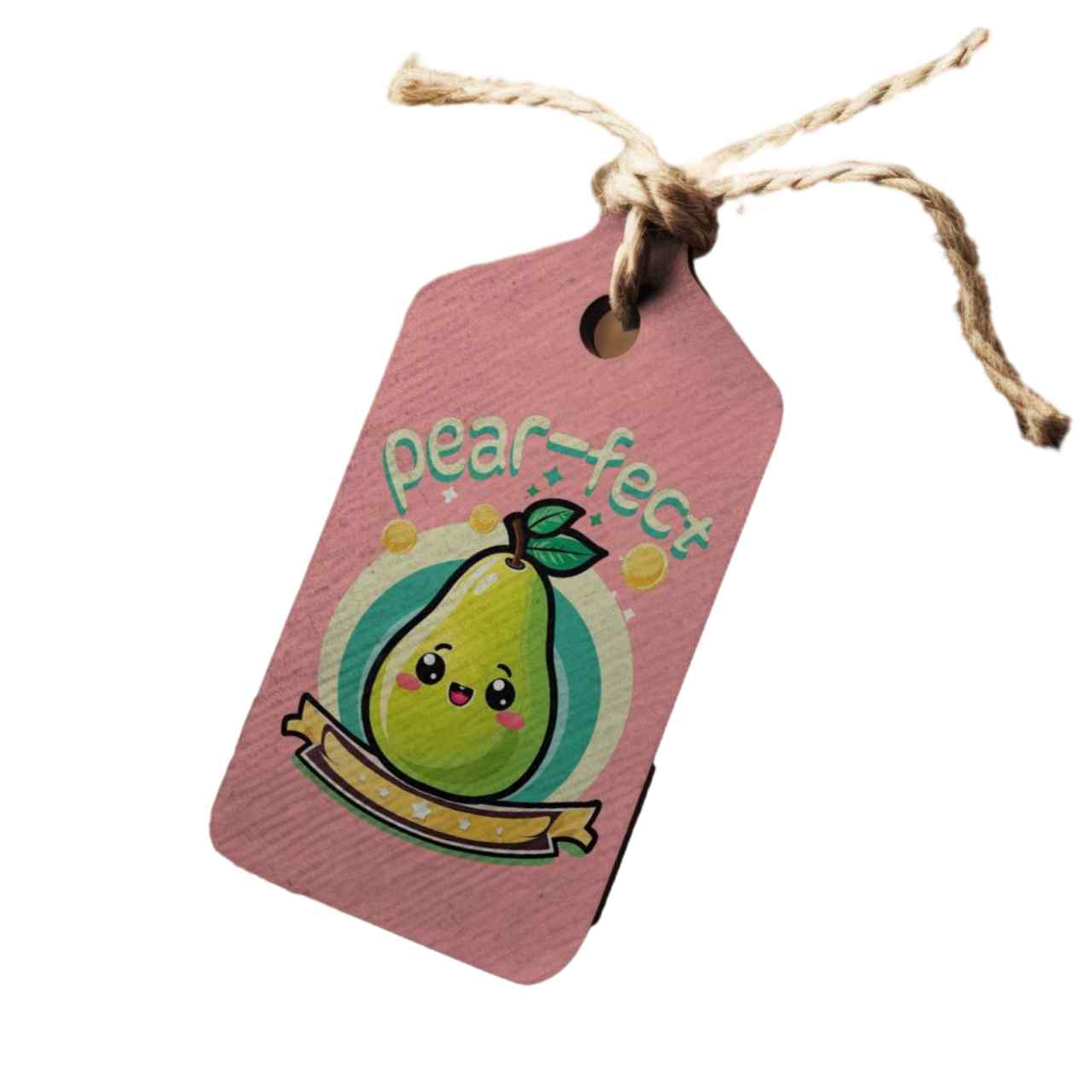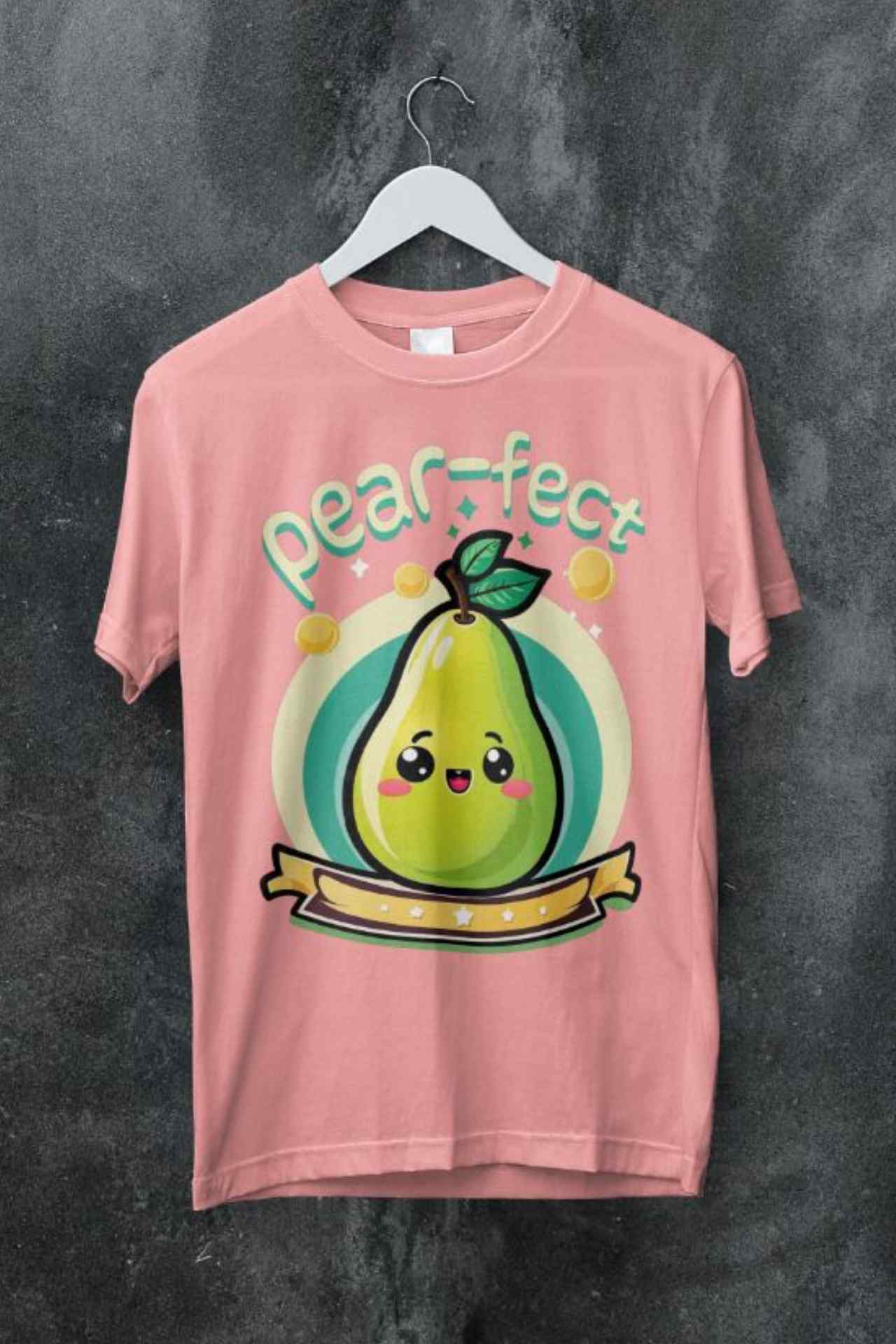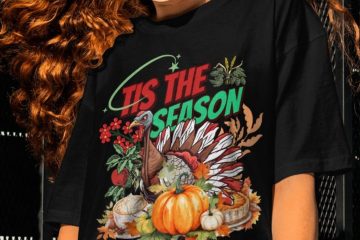A kawaii style pear pun design “pear-fect” with a soft retro vibe for someone perfect as they are for you and loved ones
Are you a fan of puns? Do you love adorable and kawaii designs? If so, we have the pear-fect gift for you!
Maybe you could be interested in other designs created with passion and perfect for your wardrobe. Bellow you can find a few of them.
You’re you a fan of puns? Do you love adorable and kawaii designs? If so, we have the pear-fect gift for you! Introducing the kawaii chubby green pear designed by Alcoshirts. This cute and funny pear design is sure to bring a smile to anyone’s face, making it an ideal gift for your best friend, relative, boyfriend, or girlfriend who also appreciates healthy food and fruits. Whether it’s for a birthday, Christmas, or just because, this kawaii pear design is a unique and delightful choice.
The Kawaii Chubby Green Pear
The chubby green pear is a fun and whimsical pear cartoon designed in a kawaii style. With its chubby body, adorable facial expression, this pear design is irresistibly cute. The vibrant green color adds to its charm, making it a delightful gift for both children and adults. Whether you’re a fan of pears or simply love cute and funny designs, this kawaii pear is sure to capture your heart.
The kawaii pear design is available on a variety of products, allowing you to choose the perfect item for yourself or as a gift. Here are some of the products you can find this adorable pear design on: kawaii pear classic shirts, cute pear hoodie, kawaii pear stickers, pear mugs, kawaii pears phone case and more
Pears, known for their sweet and juicy flavor, have been enjoyed by people for centuries. With their unique shape and a variety of colors, pears are not only delicious but also offer numerous health benefits. In this comprehensive guide, we will explore the fascinating world of pears, from their rich history to their nutritional value and culinary uses. So grab a pear and let’s dive into this fruit-filled adventure!
The Bountiful Variety of Pears
Did you know that there are over 5,000 different varieties of pears grown worldwide? While you may be familiar with popular varieties like Bartlett and Bosc, there is a whole world of pear diversity waiting to be explored. In the United States, where the majority of pears are grown in Oregon and Washington, about 12 main varieties are commercially cultivated. These include Bartlett, Anjou, Bosc, Red Anjou, Starkrimson, Comice, Forelle, Concorde, Red Bartlett, and Seckel.
Each pear variety has its own unique characteristics, such as taste, texture, and color. From the buttery and sweet flesh of Bartlett pears to the crunchy and flavorful Bosc pears, there is a pear for every palate. Whether you prefer the juicy and refreshing bite of Anjou or the petite and tangy taste of Seckel, exploring different pear varieties is like embarking on a culinary adventure.
Culinary Uses and Pairings
Pears are incredibly versatile in the kitchen and can be enjoyed in a variety of ways. Fresh, ripe pears make a delicious and healthy snack on their own, but they also shine when incorporated into both sweet and savory dishes.
In salads, pears add a juicy sweetness and a refreshing crunch. Try pairing them with nuts, cheese, and a tangy vinaigrette for a delightful combination of flavors and textures. Pears can also be baked into pies, tarts, and crisps, infusing the desserts with their natural sweetness.
For a savory twist, consider poaching pears in wine or spices to create an elegant and fragrant dessert. Pears can also be roasted alongside meats or added to grain bowls and grain salads for a touch of natural sweetness.
When it comes to pairing flavors, pears work well with a variety of ingredients. They complement cheeses like blue cheese and goat cheese, enhance the flavors of cinnamon and ginger, and add a subtle sweetness to dishes with pork and poultry. Let your creativity run wild and experiment with different flavor combinations to create unique pear-inspired dishes.
Design
available on multiple productsPear Facts
While we’re on the subject of pears, let’s take a moment to appreciate this delicious and nutritious fruit. Pears are not only tasty but also packed with health benefits. Here are some interesting facts about pears:
-
Pears belong to the Rosaceae family, which also includes apples and peaches.
-
There are over 3,000 known varieties of pears grown around the world.
-
Pears are an excellent source of dietary fiber, which aids digestion and promotes a healthy gut.
-
They are also a good source of vitamins C and K, as well as copper and potassium.
-
Pears are low in calories and fat, making them a great snack for weight management.
-
Eating pears may help reduce the risk of heart disease, due to their high antioxidant content.
-
The majority of pears are grown in China, followed by the United States and Argentina.
-
Pears can be eaten fresh, baked into desserts, or used in savory dishes like salads and soups.
-
Pears are harvested when they are mature but still firm and ripen best at room temperature.
-
The phrase “pear-shaped” is often used to describe something going wrong or not according to plan, but we think pears are perfectly shaped just the way they are!
Pear-fection for Health and Happiness
Pears have an ongoing connection to well-being and happiness across cultures. From ancient times to the present day, pears have been associated with immortality, prosperity, and inner peace. Whether you enjoy a juicy pear for its health benefits, culinary versatility, or symbolic significance, this fruit is sure to bring a smile to your face.
So the next time you bite into a pear, take a moment to appreciate its rich history, nutritional value, and the joy it brings to your taste buds. From the multitude of pear varieties to the creative possibilities in the kitchen, pears truly are a gift from nature. Embrace the pear-fection and explore all that this fascinating fruit has to offer.
A Journey Through Pear History
The story of pears dates back thousands of years. The Chinese are believed to have cultivated Asian pears as early as 1134 B.C., while European pears gained popularity in the 17th and 18th centuries. European nobility cherished the delicate flavor, buttery texture, and long storage life of pears, considering them a symbol of wealth and luxury.
In North America, pear cultivation began in the Massachusetts Bay colony around 1620 when European settlers planted pear trees. However, these early pear varieties were highly susceptible to blight. It wasn’t until pioneers heading west on the Oregon Trail in the 1800s brought pear trees with them that the crops flourished. Today, the Pacific Northwest is the heartland of pear production in the United States, with Oregon and Washington accounting for 84% of the country’s pear production.
Nutritional Value and Health Benefits of Pears
Pears not only taste great but also offer a range of health benefits. Packed with fiber, vitamins, and minerals, pears are a nutritious addition to your diet. A medium-sized pear contains approximately 100 calories and provides over 20% of your daily fiber needs. The fiber in pears helps fight hunger, lower cholesterol levels, and maintain bowel regularity.
In addition to fiber, pears are a good source of vitamins C and K. Vitamin C boosts immune function, while vitamin K supports bone health and blood clotting. Pears also contain important minerals like copper and potassium, which play roles in immune function, nerve function, and heart health.
Another notable feature of pears is their high polyphenol antioxidant content. These antioxidants protect against oxidative damage and may have anti-inflammatory effects. Eating pears with the skin on can provide even more polyphenols, as the peel contains up to six times more than the flesh.
Selecting and Ripening Pears
When it comes to selecting ripe pears, there are a few key factors to consider. The firmness around the neck of the pear is a good indicator of ripeness. Gently apply pressure with your thumb; if it yields, the pear is ripe and ready to eat. If it remains firm, the pear needs more time to ripen.
Unlike some fruits, pears do not ripen fully on the tree. They are harvested when mature but still firm and allowed to ripen off the tree. To speed up the ripening process, place under-ripe pears in a bowl with ethylene-producing fruits like bananas. This will help them ripen more quickly.
Handling and Storing Pears
Due to their delicate nature, pears require careful handling to prevent bruising and scuffing. Unlike other fruits that can rely on automation, pears are picked and packed by hand to ensure their quality. Some companies even use water-driven conveyor belts to transport pears during processing, maintaining the integrity of the fruit.
Soft, ripe pears can be stored in the refrigerator for up to three to five days. Firm, unripe pears should be kept at room temperature until they ripen. To extend their shelf life, store pears in a cool and dark place, away from other fruits and vegetables.
Pear Symbolism and Cultural Significance
Throughout history, pears have symbolized various concepts and held cultural significance in different regions of the world. In ancient Greece, pears were considered sacred by the goddesses Hera and Aphrodite. The Chinese associated pears with immortality and prosperity due to the longevity of pear trees.
In Asian cultures, pears continue to hold symbolic meaning. In Korea, pears symbolize grace and nobility, while in China, they are believed to bring wellness and good luck. Special “Buddha”-shaped pears, molded to resemble the Buddha, are sold in some stores, representing inner peace and happiness.
Pears have also played a role in art and creativity. Renaissance artists depicted pears in religious paintings, and artist Giuseppe Arcimboldo famously used pears to create portraits. The shape and texture of pears have inspired countless artists and continue to be a muse for creativity.
The Versatility of Pear Trees
Not only do pears provide delicious fruit, but the trees themselves have a range of practical uses. Pear trees can grow to impressive heights of 30 to 40 feet and live up to 75 years. The aged wood of pear trees is highly valued for its quality and versatility.
Craftsmen use pear wood to create high-quality woodwind instruments, violins, and guitars, taking advantage of its unique acoustic properties. The wood is also used to make custom furniture, kitchen utensils, and even grilling and smoking meats. When used for smoking, pear wood imparts a sweet and fruity flavor to meats like pork and chicken.
%














